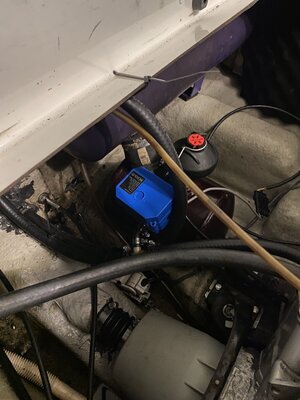mejim707
Active Member
Does your symptom have any similarities the automotive cooling system,,,where after you shut the engine off,,water syphons into the collection container.. ?
I think maybe? Water is absolutely pouring into the resonator until I clamp that lower hose on the water valve. It could be from the jet pump inlet, could be form the head or even the cooling hose for the tuned pipe. I thought it was from the inlet at the jet pump, but now after what wernerml said I guess it could be form those other places.
I'm going to go out in the morning again then park it and try to get a clear understanding of exactly where the water is coming from.
Also, I finally got the courage to go far out on the lake and park at a restaurant a good distance from my launch and car. I made sure to clamp the hose just in case. I'm not taking any chances.
After about and hour and a half of just hanging out the boat started up with no trouble. I'm very happy about that!
Regardless of when I figure this out the boat is still doing great and reliably starts every time.




